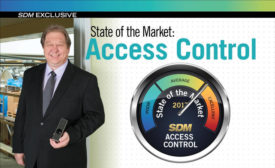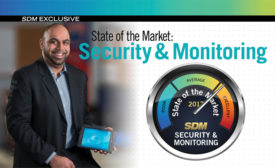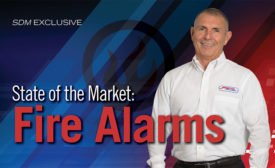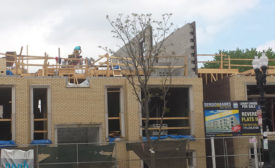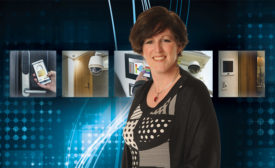State of the Market Series
This year’s story on access control is one of disruptors, drivers and deciders.
Read More
State of the Market: Security & Monitoring 2017
The general outlook across the industry is highly optimistic as dealers and manufacturers ride the wave of integrated technologies and consumer interest to more and more growth.
March 1, 2017
State of the Market: Video Surveillance 2017
The video surveillance market is on a steady course of growth for now and into the foreseeable future. With a slight uptick in growth this year and not many surprises on the horizon, steady as she goes seems to be the safe bet.
February 3, 2017
State of the Market: Connected Home 2016
The connected home space is one of “activity but uncertainty” today. The security industry holds the advantage right now, with a built-in revenue model and expertise in integration; but the challenge will be not losing that edge as outside competition starts to figure it out.
August 3, 2016
State of the Market: Fire Alarms 2016
In a market that is historically a code-driven ‘have-to’ purchase, small changes can have big impacts; and 2015 saw the continuing of that trend, with strong performance and a very positive outlook for 2016.
June 1, 2016
State of the Market: Access Control 2016
It was a very good year for access control, with most reporting double-digit growth. But market forces for change are definitely in the wind, such as unification, big data, cybersecurity and so much more.
April 1, 2016
Get our new eMagazine delivered to your inbox every month.
Stay in the know on the latest security marketplace trends.
SUBSCRIBE TODAY!Copyright ©2024. All Rights Reserved BNP Media.
Design, CMS, Hosting & Web Development :: ePublishing
